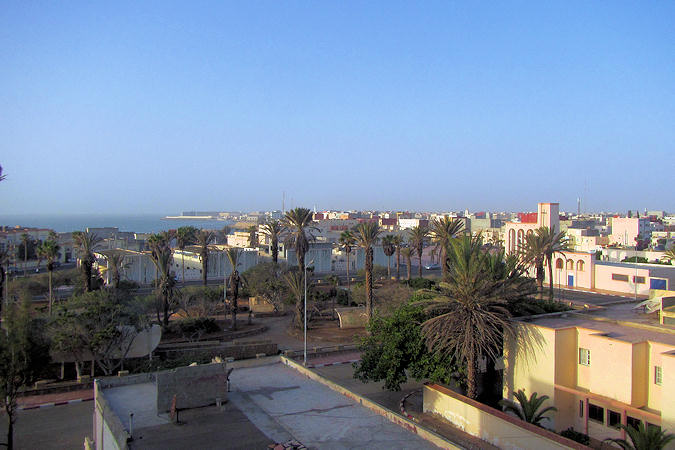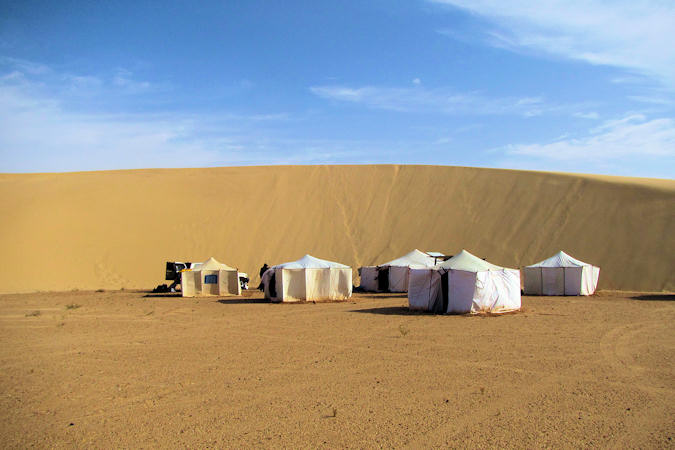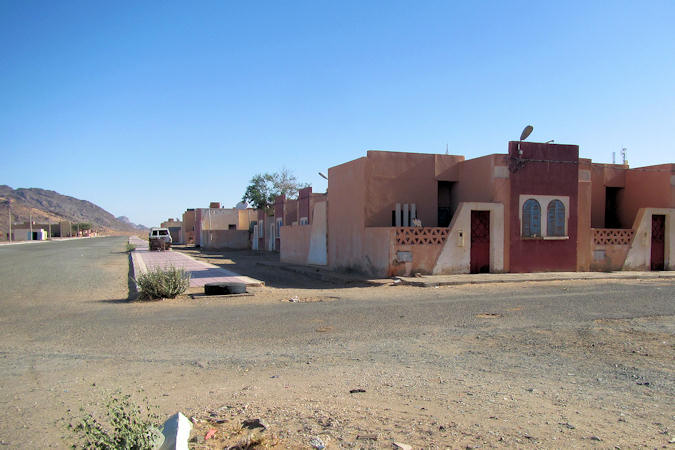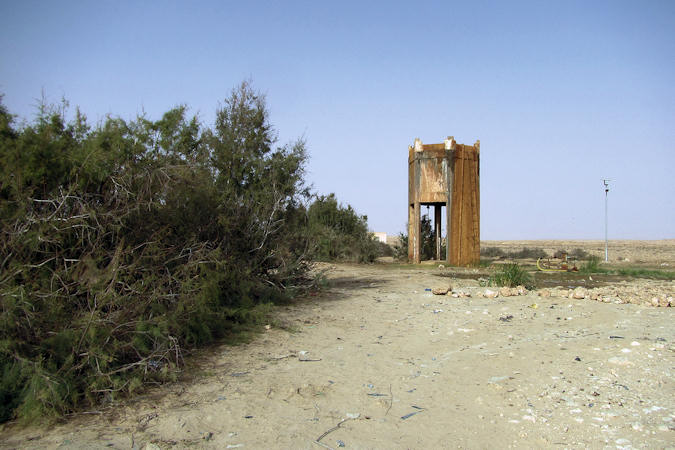Western Sahara
Things to DO
Dakhla
 |
|||||
Dakhla is the capital of the claimed Moroccan administrative region Dakhla-Oued Ed-Dahab. It has a population of about
105.000 and is on a narrow peninsula of the Atlantic Coast, the Río de Oro Peninsula.
During the colonial period (1884-1975), Spanish authorities made Dakhla the capital of the province of Río de Oro, one of the two
regions of what was known as Spanish Sahara. They built a military fortress and a modern Catholic church and during the 1960s,
they also built Dakhla Airport.
Between 1975 and 1979, Dakhla was the provincial capital of the Mauritanian province of Tiris al-Gharbiyya, as Mauritania
annexed the southern portion of Western Sahara.
Following Mauritania's withdrawal, however, Morocco extended its control to the rest of the territory.
Dakhla's main economic activity is fishing and tourism. In recent years the town has become a centre for aquatic sports, such as
kitesurfing, windsurfing.
Bir Anzarane
 |
|||||
I stayed for two nights in a Desert Campsite about 35 km west of Bir Anzarane; a small town about 170 km east of
Dakhla.
The erea consists of vast plains of the "hamada" (desert landscape consisting of high, largely barren, hard
rocky plateaus, where most of the sand has been removed by deflation), sand dunes and vegetated "oueds" (dry riverbeds).
The main reason for this visit was to look out for wildlive.
The Sahara Desert hosts an incredible array of species that are well-adapted to survive in the desert climate. They often meet
their water needs from their diets. They take refuge in burrows during the day, hunting and foraging primarily at night, when
temperatures are lower.
That's why after dark we’ll head out with spotlights in an attempt to find some of the most rarely seen animals.
On these nights i mannaged to get pictures off African Savanna Hare, Lesser Egyptian Jerboa, Libyan Striped Weasel, Fennec Fox,
Lesser Egyptian Gerbil and a Dune Gecko.
Aousserd
 |
|||||
Aousserd about 260 km south-east of Dakhla, has (very) little to offer to travellers other than reliable petrol station
and two tiny groceries. The large majority of its population is formed by the staff at the various military bases surrounding the
village, and camel shepherds that maintain a partly nomad lifestyle in the desert.
Most of the buildings are abandoned and disassembled. Rusting Land Rovers fill the streets.
About 30 km nort-west of Aousserd lies the Oulad Dlim massif. This is a gorgeous black rock mass, with scattered acacia trees
and sand dunes, a typical pre-Sahelian landscape.
Here we found some interesting reptiles (Duméril's Fringe-fingered Lizard, Ringed Wall Gecko, Sudan Mastigure); a Pharaoh Eagle-Owl
and a huntsman spider (Cerbalus pulcherrimus)
Tachektent
 |
|||||
About 70 km east of Dakhla is a place called Tachektent with a well, water tower and small marshy area. The presence of
water attracts interesting wildlife.
The place is known to birders as “Gleib Jdiane", but Gleib Jdiane is actually a hill located to the west along the
road to Dakhla.
The birds i have seen here include: Thekla's Lark, Seebohm’s Wheatear, Trumpeter Finch and Desert Grey Shrike. This place is also
famous for the presence of a Mediterranean Chameleon.